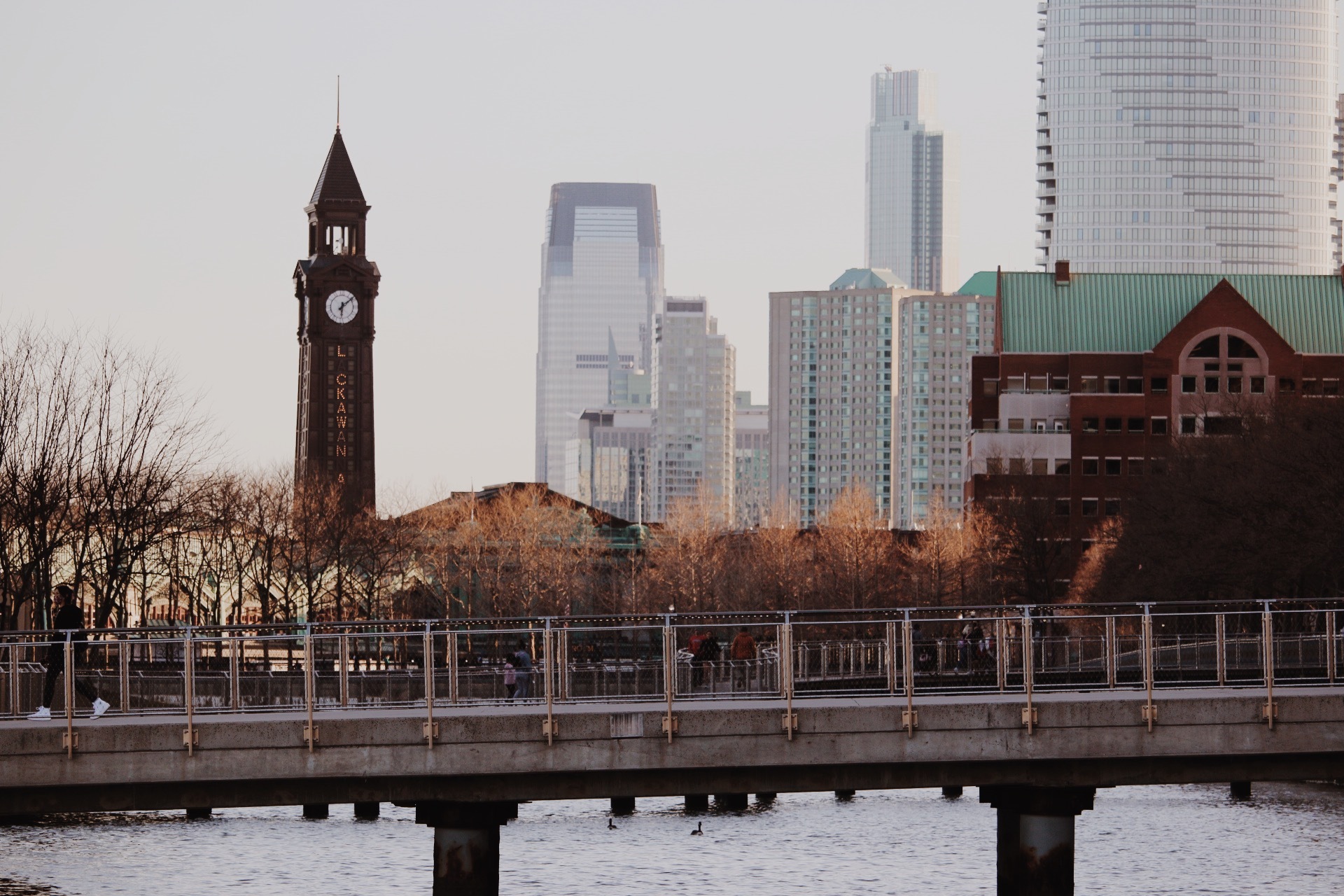Last Sunday, November 7, at 2 a.m., all clocks were turned backward by one hour, giving many of us 60 extra minutes of sleep and temporarily adding an hour to our normally 24 hour day.
This event marked the end of Daylight Saving Time (DST), a nearly nine-month-long period of time where all clocks were turned an hour ahead of time to quite literally “save daylight.” For this reason, it’s called Daylight Saving, not Savings, a common mistake many make when referring to the event. DST begins in spring during the second Sunday of March, when all clocks are turned ahead one hour in a process referred to as “spring forward,” and ends during the first Sunday of November, when clocks turn back in a process called “fall back.”
For example, over the summer a day might begin at 7 a.m. when it is “actually” 6 a.m. and end at 7 p.m. when it is “actually” 6 p.m. Because the sun sets later during the summer, individuals would still have enough daylight after 9-to-5 work hours are over.
During Daylight Saving Time, the eastern side of the U.S. and Canada (including New Jersey) use Eastern Daylight Time, or EDT. During the rest of the months, Eastern Standard Time (EST) is in effect.
The concept of shifting time to save daylight was first proposed (quite satirically) by Benjamin Franklin, but the practice first began in Germany as an attempt to conserve fuel in the midst of World War I. While a few places in the U.S. followed suit, it was not until the Uniform Time Act in 1966 that Daylight Saving Time became widespread across the country. Since then, Americans have been dutifully changing their clocks to match the change in daylight. With most smartphones today handling the adjustment automatically, the process has become even more seamless.
So the ultimate question is, does it work?
The rationale given by most supporters of Daylight Saving Time is that it gives an extra hour of daylight to individuals. During World War I and World War II, this was especially important as individuals staying up later would have to use more coal for light. Countries reasoned that with DST, more daylight would reduce the need for artificial lighting and heating, which in turn would reduce energy consumption. Various studies exploring other benefits of DST have been conducted since then, linking it to a decrease in certain types of crime like robbery and sexual assault, since less individuals are out after dark, and a decrease in fatal vehicle accidents due to better visibility when driving.
However, the process doesn’t come without its share of issues. Similar studies investigating DST have actually casted doubt on its effectiveness of reducing energy consumption. A study done by the U.S. Department of Energy in 2007 revealed that DST was attributed to saving about 1.3 terawatt-hours of electricity that year, or about 0.03% of the national amount of nearly 4000 terawatt-hours. In a world heavily reliant on electricity as a resource, many consider this amount to be too small to be significant.
Another prominent issue comes from an often overlooked demographic: farmers. While DST gives us more daylight in the evening, it does so at the expense of daylight in the morning. Farmers did not benefit from this change, as they tended to prefer conducting their work earlier in the day. Additionally, the abrupt switch in time confused their farm animals and made production more difficult.
The main issue for many is that the process of saving daylight is done in a single sudden switch overnight. This change disrupts a person’s sleep, and therefore their internal circadian rhythm, which leads to health issues. Studies have shown that the switches in time correlate to increased traffic collisions, heart attacks, and mental illnesses, although the effects seem to drop in frequency in the weeks following the switch.
If you look at the discourse online, the issues with Daylight Saving Time seem to crop up more often than its benefits. A few appear frustrated with the complexity of DST, and others are adamant that it is useless. Many people want to get rid of the practice entirely. Some states in the U.S. have a different idea; they propose changing times permanently to Daylight Saving Time, arguing that the main issue comes from the sudden time changes. With a permanent switch one hour forward, the same benefits would still be in effect without the associated drawbacks.
The debate is still ongoing, but one thing is clear: Daylight Saving Time isn’t going anywhere soon. For the rest of us, we’ll just have to get used to earlier sunrises and colder evenings.

Be First to Comment